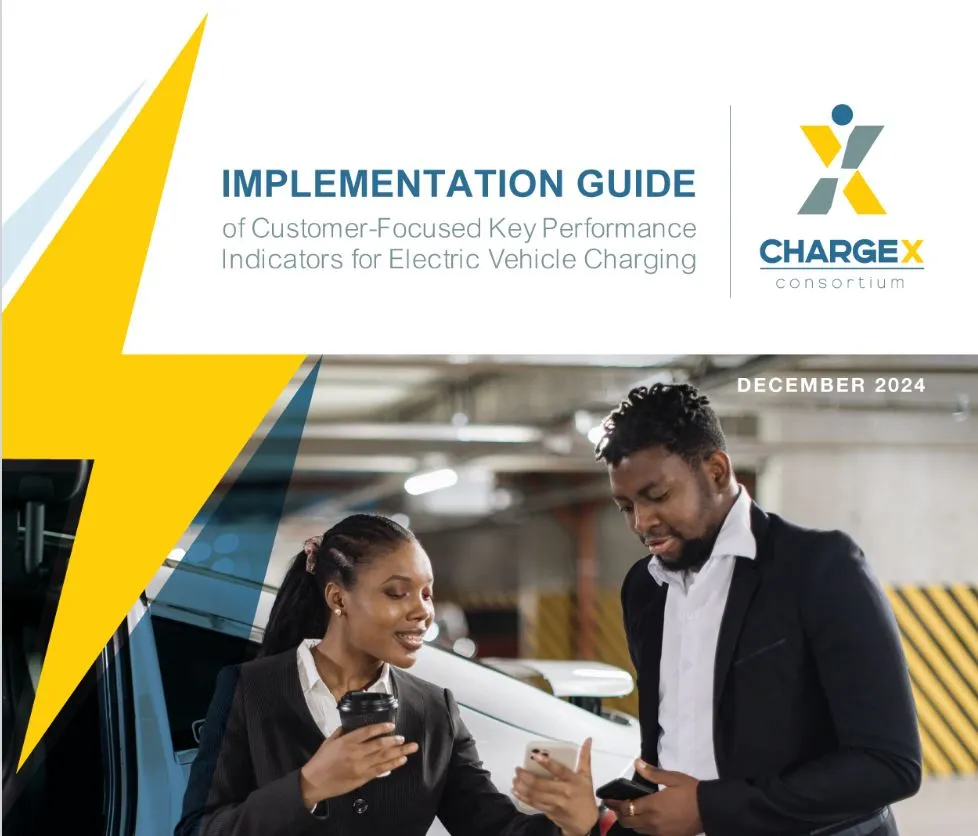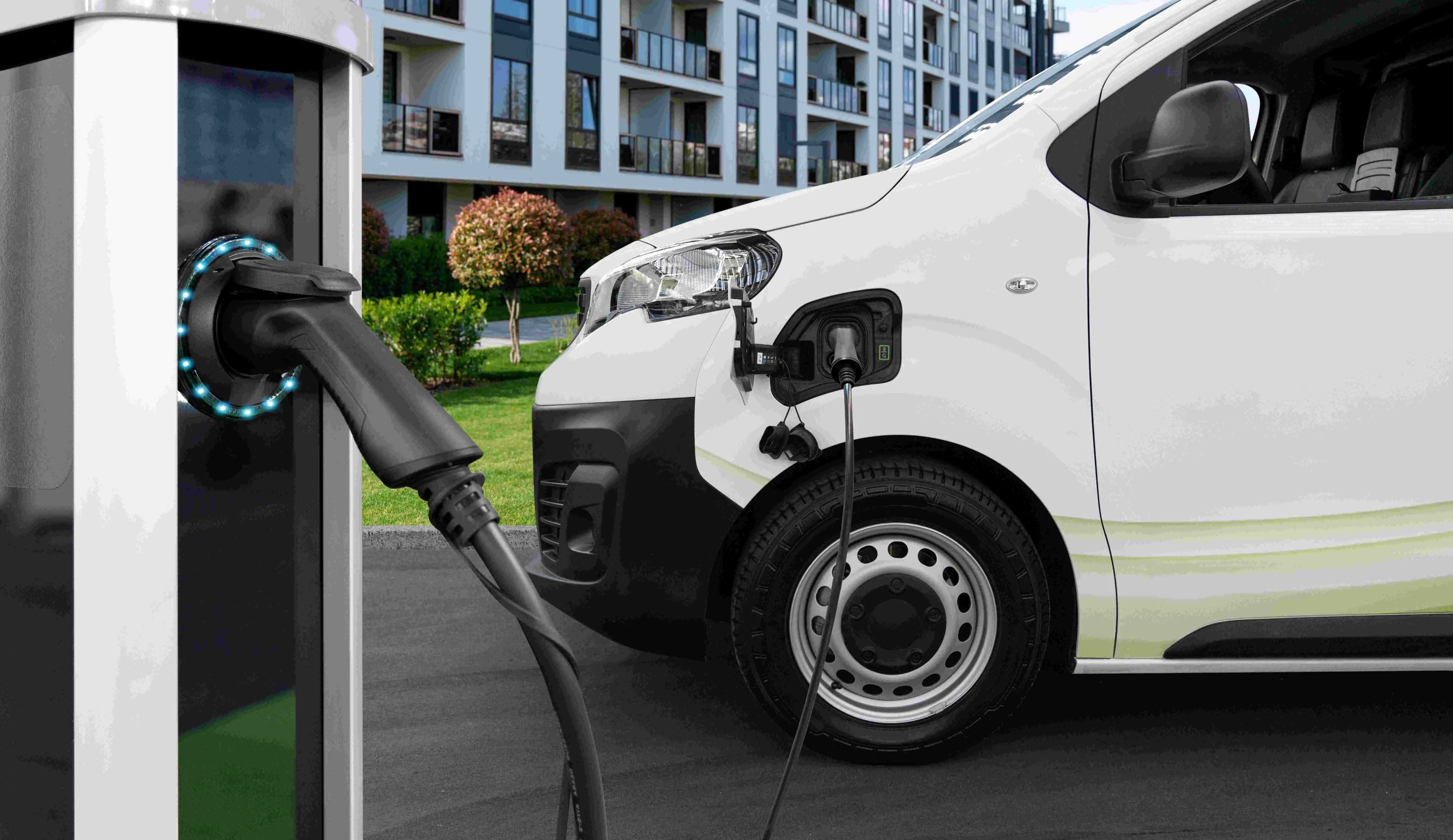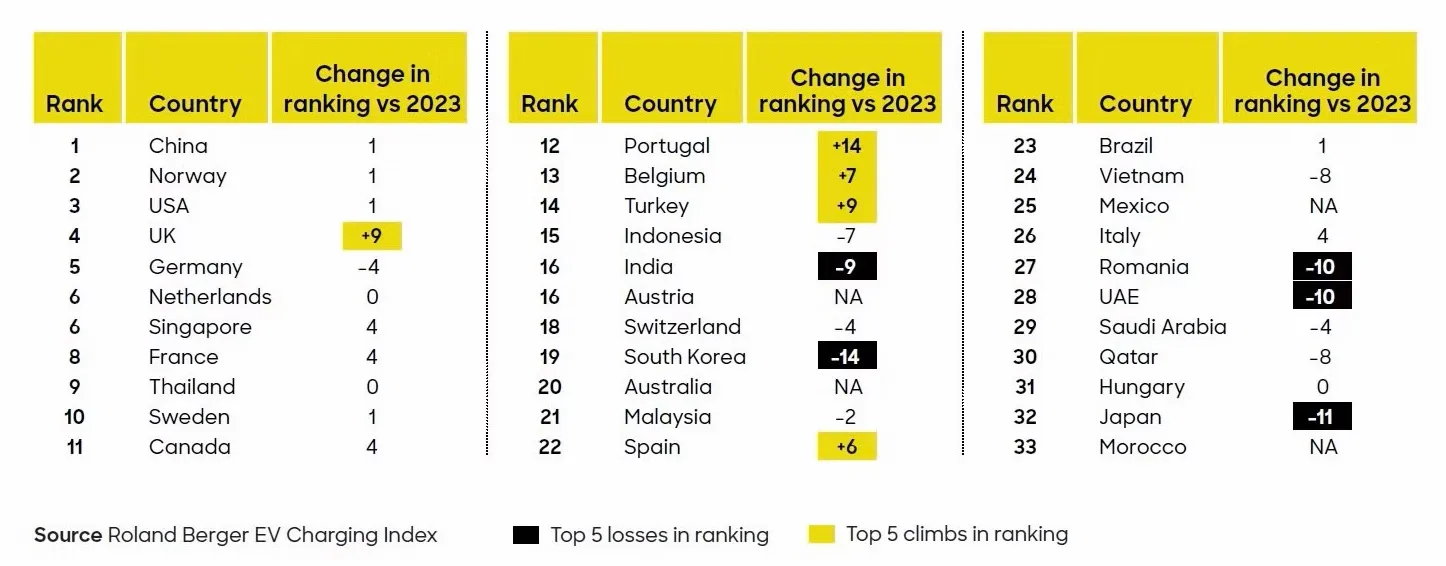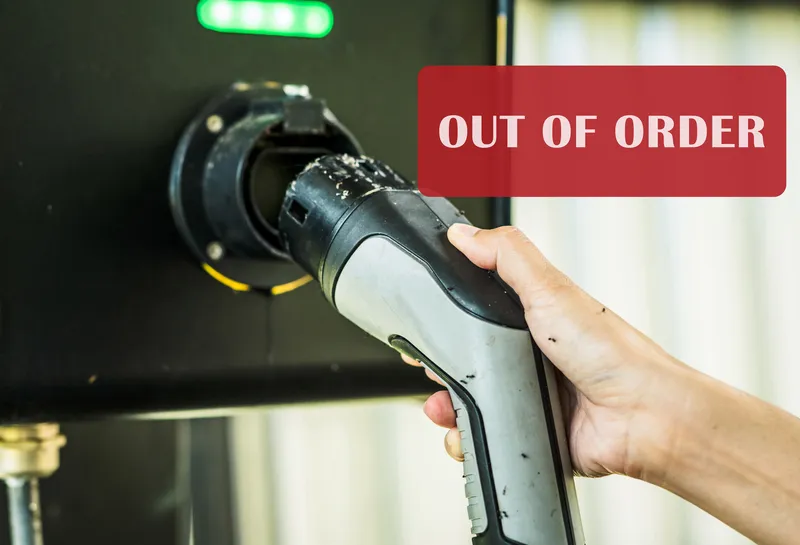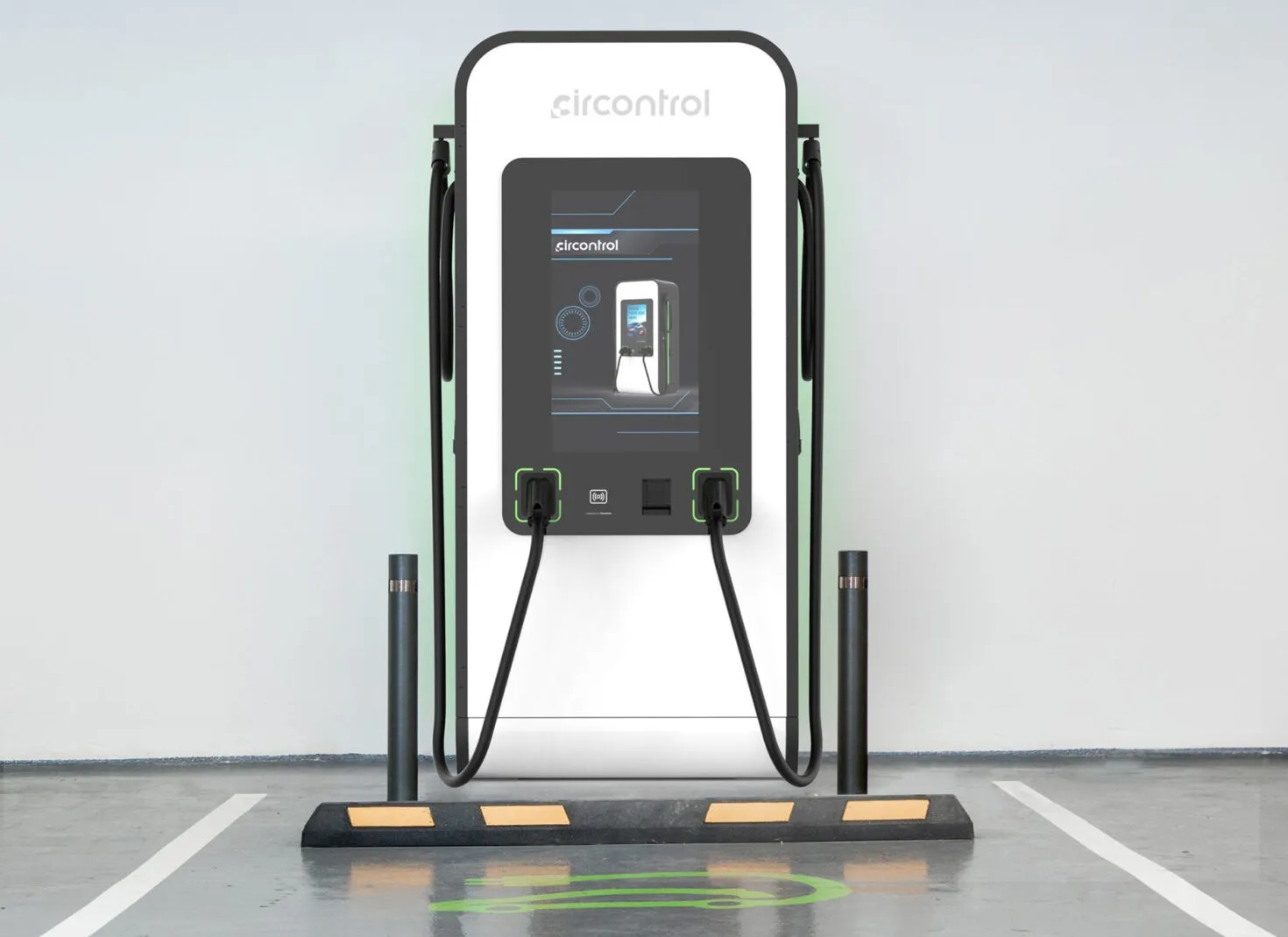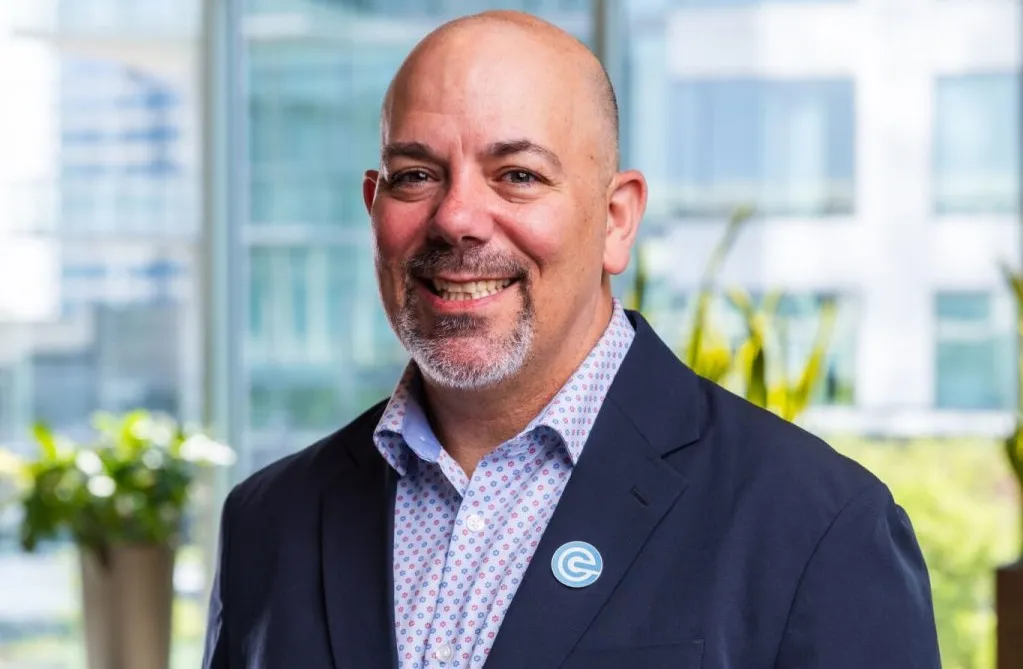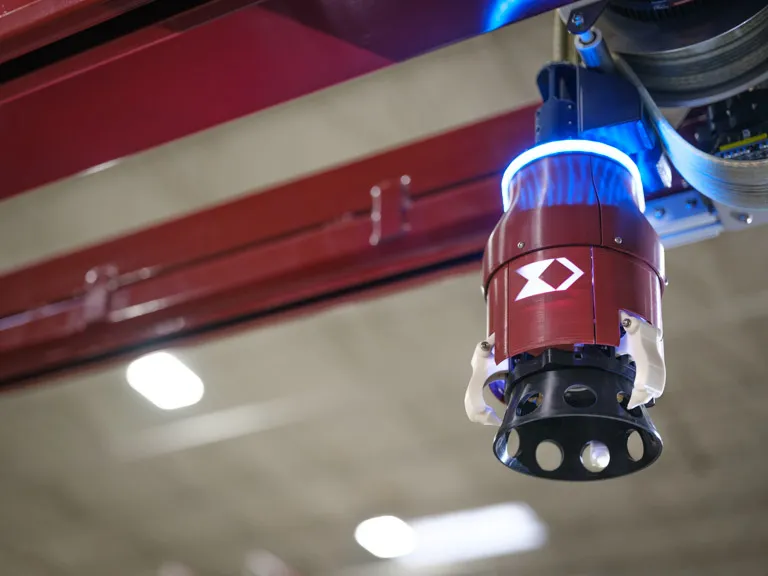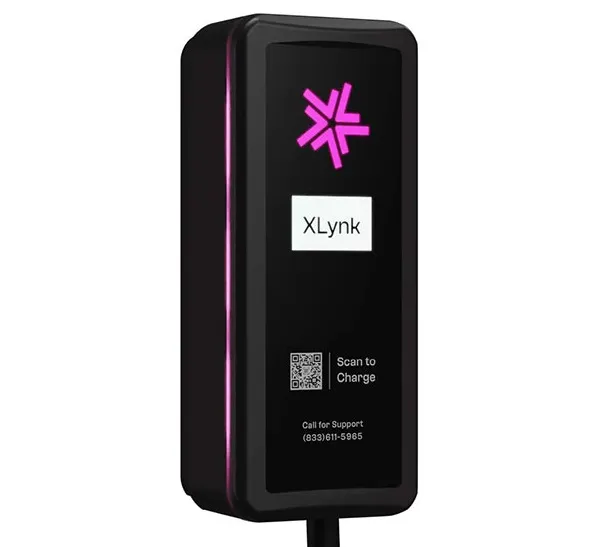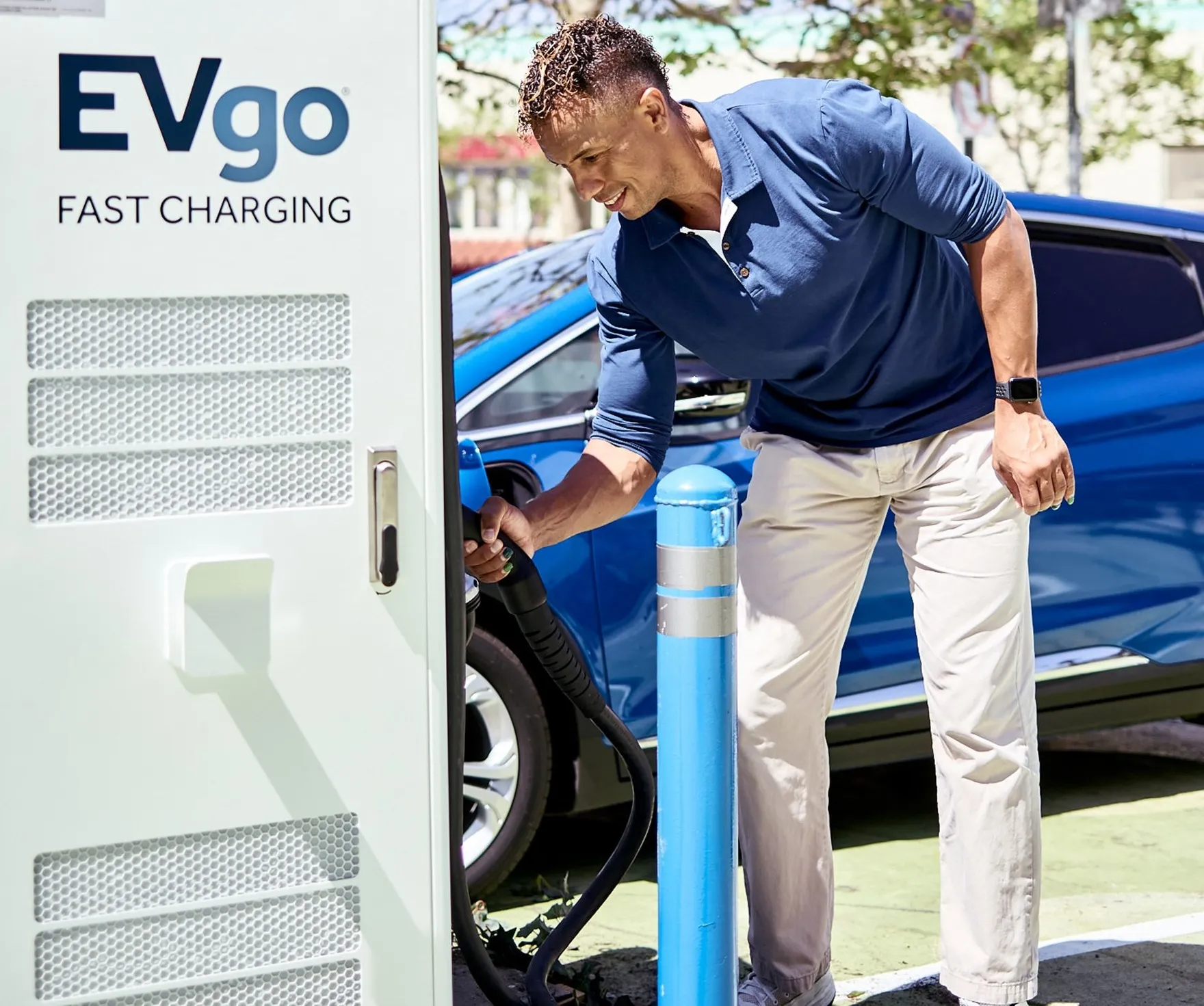
This recognition programme recognises EV Charging Heroes across different sectors within the EV charging ecosystem based on an evaluation of their commitment to, and results in, achieving widespread public EV fast charger deployment.
“As EV adoption increases, so does the demand for convenient public charging. EVgo believes it’s important to spotlight just how much collaboration, partnership and coordination goes into successfully deploying fast charging infrastructure,” said Cathy Zoi, CEO at EVgo. “Celebrating our EV Charging Heroes helps recognise those that are leading the way and creating a template for other stakeholders in the EV charging ecosystem. These EV Charging Heroes have more than a commitment to enabling EV adoption: they are walking the walk on getting EV charging infrastructure into the ground. We congratulate this year’s awardees and look forward to working together to accelerate fast charger deployment across the country.”
The 2022 inaugural awardees of the National EV Charging Recognition Program include leading site hosts, utilities and contractors. These organisations submitted their nominations, provided links to online guidelines, and shared safety data and employee counts, as well as public commitments to fast charger installation and results to date.
All EV Charging Heroes awardees received a digital certificate to share with their networks and a physical trophy to memorialise their accomplishments. This year’s awardees, separated by sector, include:
Site hosts: Sterling Organization; InvenTrust Properties; CBL Properties; ShopCore Properties; and RPT Realty
Utilities: PSE&G and National Grid
Contractors: OWL Services; WB Engineers+Consultants; WSP; and The Osborne Company
Going forward, EVgo plans to publicise recognition criteria for each sector in advance of each programme cycle, accept submissions through an open form, and distribute awards. The company expects to share information on the second iteration of the program later this year.


